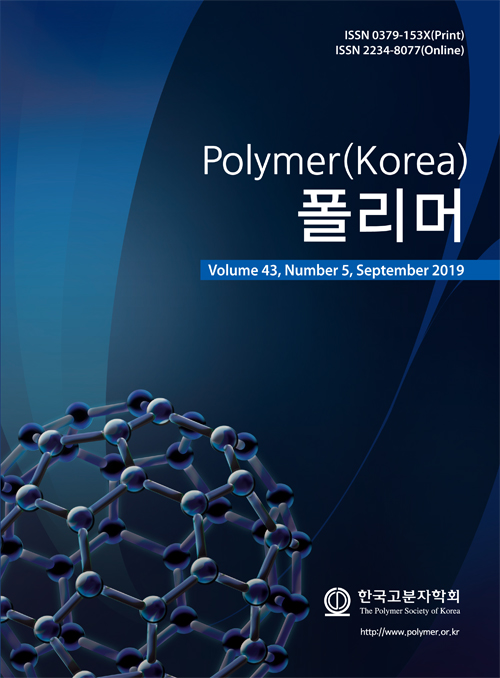- Air Venting Simulation for Multiphase Flow of Polymers and Air in the Cavity of a Mold
Hankook Tire Technodome, 50, Yuseong-daero 935beon-gil, Yuseong-gu, Daejeon 34111, Korea
*Department of Machanical System Design Engineering, Seoul National University of Science and Technology 232 Gongneungro, Nowon-gu, Seoul 01811, Korea- 고분자와 공기의 다상유동을 고려한 캐비티 내 공기 벤팅의 컴퓨터 모사
한국타이어 중앙연구소, *서울과학기술대학교 기계시스템디자인공학과
Air venting is important in
the polymer shaping process, which uses the cavity of a mold. Inadequate air
venting invokes a short shot and burn marks in the product. Therefore, it is
necessary to evaluate and predict the venting performance according to the vent
location and size when the material is introduced into the cavity. In this
study, a computer simulation was performed considering the multiphase flow to
examine the venting phenomena when the material flows into the cavity, which is
equipped with varying venting hole. The computer simulation predicted the
interface variation between the material and air as a function of time. The air
venting phenomena was analyzed when the occupying material pushed air into the
cavity. The suitability of venting can be evaluated using pressure and velocity
distribution of air in the venting region.
금형의 캐비티를 이용한 고분자 성형공정에서는 캐비티 내
공기의 벤팅이 중요하다. 부적절한 공기의 벤팅은 성형품에 충전부족, 탄화자국
등의 불량을 일으킨다. 따라서 캐비티 내에 재료가 채워질 때 벤트의 위치 및 크기에 따라 공기의 벤팅이
적절한지 예측하고 평가하는 방법이 필요하다. 본 논문에서는 가변 벤팅 홀을 포함하는 캐비티 내에서 재료의
유입에 의한 공기의 벤팅 현상을 다상유동을 고려하여 컴퓨터 모사를 시도하였다. 컴퓨터 모사를 통해 시간에
따라 변하는 재료와 공기의 경계면을 예측하였다. 그리고 재료가 캐비티 내에 채워지면서 공기가 재료에
밀려서 벤팅부로 빠져나가는 현상을 분석하였다. 벤팅부에서 공기의 압력과 속도분포를 이용하여 벤팅의 적절함을
평가할 수 있다
Keywords: air venting, multiphase flow, variable vent hole, computer simulation, venting velocity
- Polymer(Korea) 폴리머
- Frequency : Bimonthly(odd)
ISSN 0379-153X(Print)
ISSN 2234-8077(Online)
Abbr. Polym. Korea - 2023 Impact Factor : 0.4
- Indexed in SCIE
 This Article
This Article
-
2019; 43(6): 816-823
Published online Nov 25, 2019
- 10.7317/pk.2019.43.6.816
- Received on Feb 25, 2019
- Revised on Apr 2, 2019
- Accepted on Apr 2, 2019
 Correspondence to
Correspondence to
- Min-Young Lyu
-
Department of Machanical System Design Engineering, Seoul National University of Science and Technology 232 Gongneungro, Nowon-gu, Seoul 01811, Korea
- E-mail: mylyu@seoultech.ac.kr










 Copyright(c) The Polymer Society of Korea. All right reserved.
Copyright(c) The Polymer Society of Korea. All right reserved.